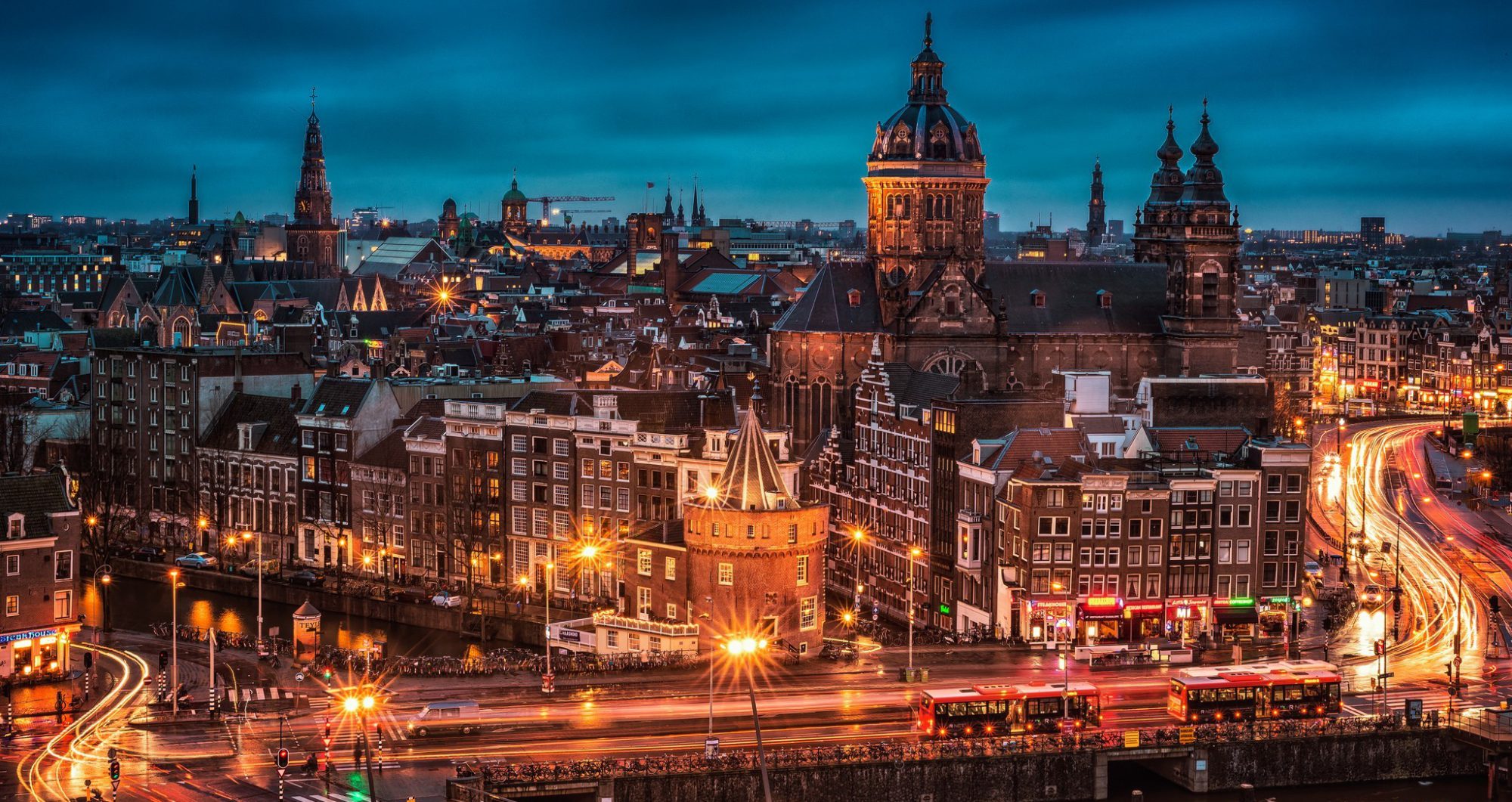
This is the program for the symposium presenting the SparkCity (formerly ABCD) model. It takes place from 12:30 to 17:00 at ElaadNL Utrechtseweg 310, 6812 AR Arnhem (026 312 0223). You can sign-up (it’s free!) by sending an email to info@elaad.nl.
On the afternoon of the 13th of November we will present the SparkCity model that explores questions like:
- What can we expect in terms of adoption of electric vehicles?
- How could the national government most effectively accelerate adoption?
- What is the (public) charging infrastructure needed under different scenarios?
- How could municipalities and charge point operators use that knowledge?
- What is the impact of smart charging on renewable energy and the grid?
The SparkCity model used to be called the ABCD-model (agent-based, buying, charging, driving model). At our “coming out party” on the 13th of November we will move from that somewhat dry and functional work-title to the new name SparkCity. The “Spark” symbolizes the move to electricity that is inherent in the move to a renewable energy and mobility system. It also symbolizes that we want to spark creativity, inspiration and good policy. The “City” refers to the fact that we recreate entire places to live inside our model in the computer. (We could also have called it SparkNeighborhood or SparkNation but… nah).
The SparkCity model is not a conventional top-down model but a so-called agent-based model. Simply put we load maps of actual neighborhoods into the computer and animate them with “living” people (and their obedient energy consuming and supplying machines). We’ve already modeled seven representative neighborhoods.
Once the neighborhoods are in the computer we can cheaply conduct all kinds of experiments. For example: what will happen if batteries and thus electric vehicles keep getting cheaper? Will the people in our representative neighborhoods buy them?
And this is just one example. We can also look at the impact of many, many other changes. For example: the impact of battery size, faster charging, smart charging, the number of public charge points, et cetera. We also plan on adding solar panels, heat pumps, self driving and car sharing.
An agent-based model enables us to be more realistic and to take much more variables and natural diversity into account. This is especially important when modelling disruptive innovation and cannot be done any other way.
We are very proud of our work so far and hope you’ll join us on November 13th!
The program
12:30 Reception at ElaadNL in Arnhem
13:00 – 14:45 A Tour of the SparkCity model (with Q&A after each presentation)
- Maarten Steinbuch (Symposium chair and distinguished prof. at the TU/e):
Introduction: why the TU/e, ElaadNL and NKL support models of radical disruption like SparkCity - Auke Hoekstra (founder of the model and senior advisor electric mobility at the TU/e):
Model overview: why we modeled seven entire neighborhoods (so far) in the computer - Peter Hogeveen (modeler and consultant at EV Consult):
A prediction for EV adoption based on types of cars, people and neighborhoods - Anand Vijayashankar (modeler and researcher at the TU/e):
How municipalities and car manufacturers influence the need for public chargers - Michiel van Lelyveld (modeled smart charging for his master thesis at the UU):
The impact of smart charging on renewable energy supply and the electricity grid
14:45 Coffee Break
15:15 Practical Applications of the SparkCity Model
- Peter Swart (municipality of Arnhem):
How Arnhem wants to anticipate future developments by using the model - Gijs van der Poel (EV expert, formerly at Over Morgen, now at Alliander):
Different charge point roll-out scenario’s: implications for municipalities and CPOs - Arjan Wargers (innovation manager at ElaadNL):
The impact of EV adoption, car types, municipal strategies and smart charging on the grid - Discussion with sponsors (TU/e, ElaadNL and NKL), experts and audience:
How can the SparkCity model be useful going forward?
16:30 Informal Reception
